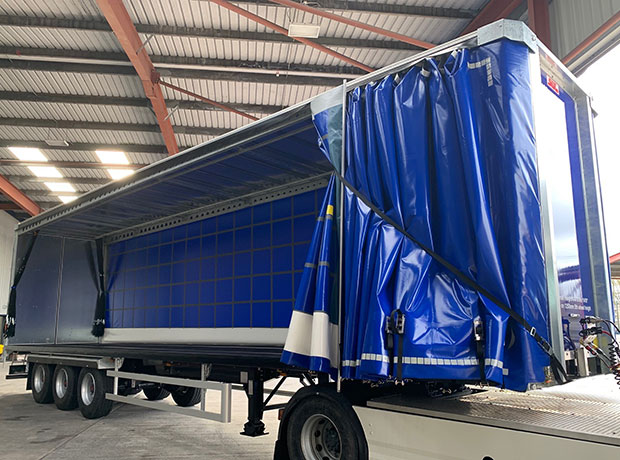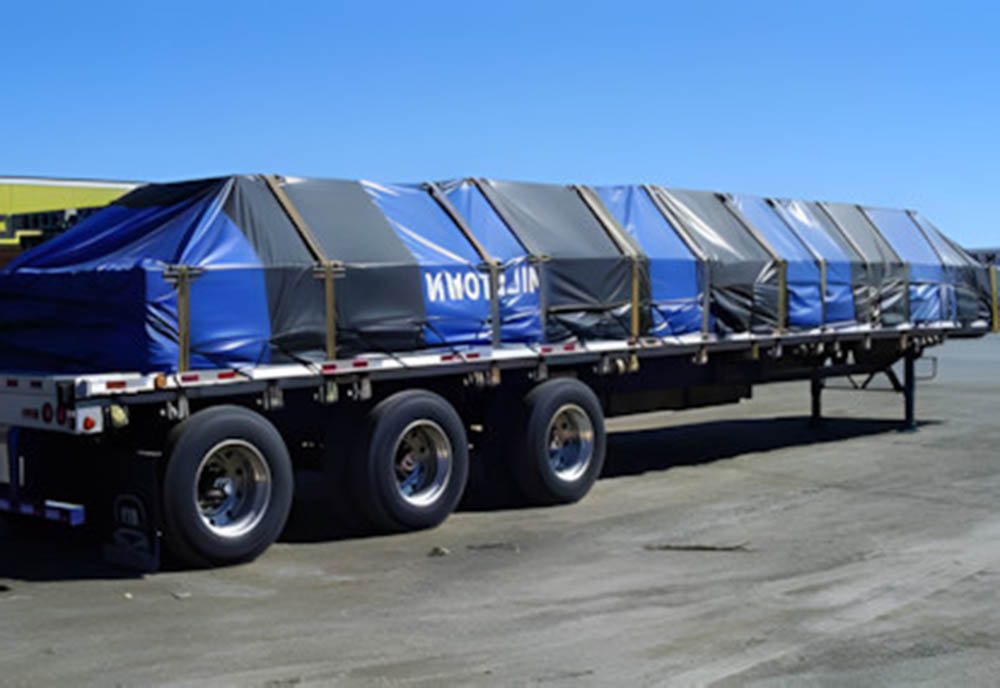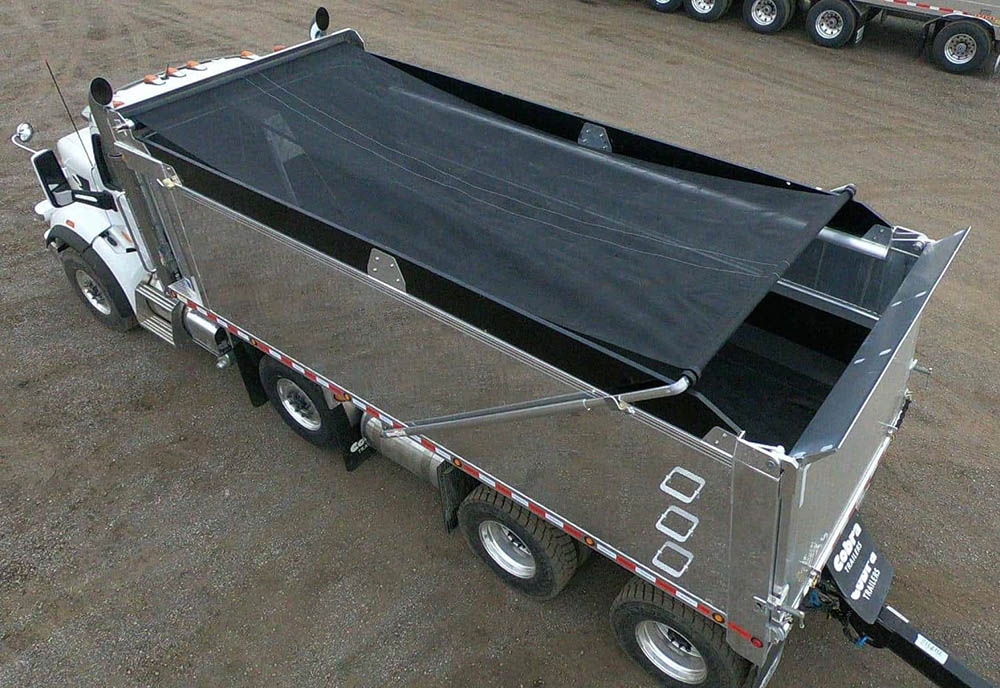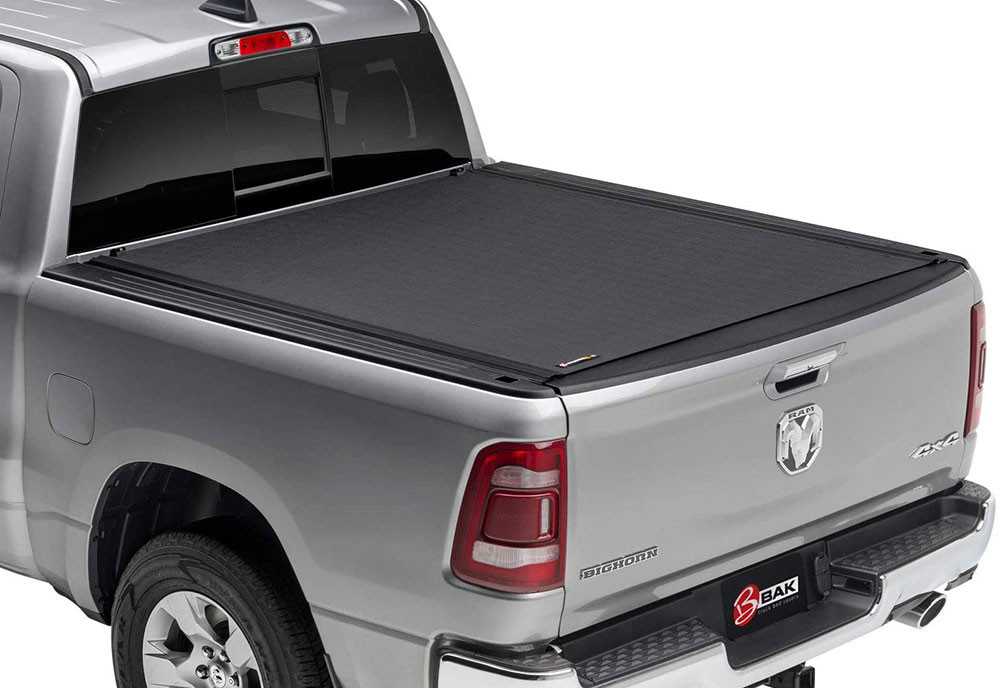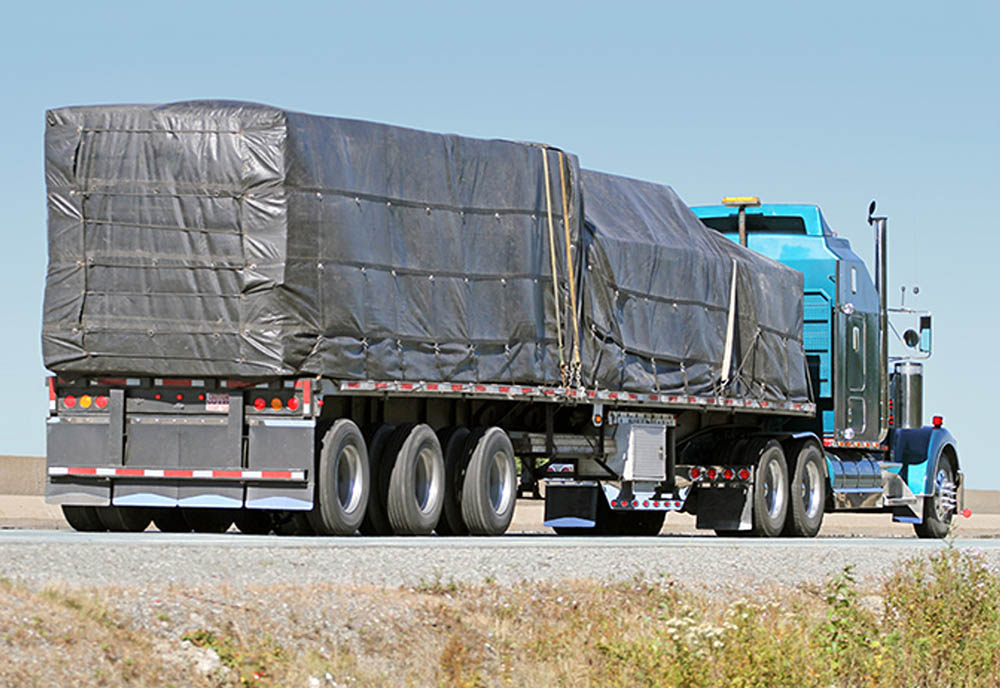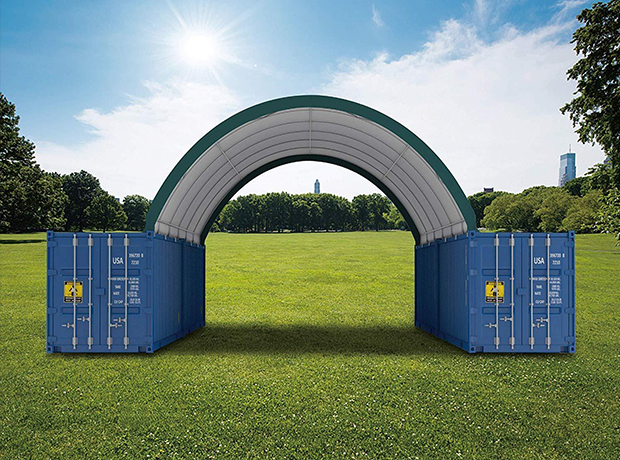Shielding products and vehicles from the ever-changing weather is still a challenge in the modern era of logistics. Here solves the issue: PVC fabrics—a robust and multi-use material that has revolutionized everything from tracking to leisure travel. The versatility of these fabrics stems from their weather resistance, malleability, and long service life.
Let’s understand the reason behind the industry-wide inclination towards these materials and how they are revolutionizing transportation.
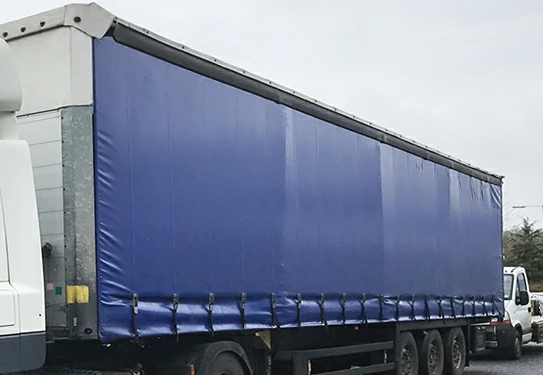
PVC coated fabrics are tailored to bear the most extreme conditions. PVC has a clear durability and flexibility advantage when compared to materials such as untreated plastics or canvas. These fabrics are fully waterproof due to their uncompromising construction, resists ultraviolet degradation which means they won’t crack or fade over prolonged sun exposure, and are light-weight, which means easily handled, yet strong enough to endure heavy winds and abrasion. Coupled with their mold-resistant and easy-to-clean properties, makes it easy to see why PVC is an integral part of modern transport solutions.
Side Curtains
Particularly for trucks and trailers, PVC side curtain fabrics not only protect the goods from the rain and dust during transport, but also aid in quick loading and unloading of the goods.
Real Application: Major logistics companies like DHL have opted to use these curtains on their delivery trucks. The quick-roll mechanism enables drivers to secure the cargo within seconds, minimizing downtime at the docks.
Truck Covers
Open-bed trucks that transport electronics or perishables utilize PVC truck cover fabrics to avoid water damage.
Real Application: One U.S.-based freight company reported a 30% reduction in the loss of weather-related cargo damage after switching from canvas to custom fitted storm-proof PVC covers which remained intact during cross-country runs through stormy regions.
Wagon Tarps
Grain and coal, among other bulk commodities, are protected with wagon tarps of PVC material used by agricultural and rail industries.
Real Application: For example, one Canadian rail operator employs reinforced PVC tarps to cover the hopper cars so that the grains will be dry and uncontaminated during the harsh prairie winter.
Mesh Tarps
PVC mesh tarps are perfect for the transportation of sand, gravel and other types of debris due to their ability to contain loose items while providing ventilation.
Real Application: These tarps are a favorite among construction companies in Australia to use on mining trucks since they allow airflow, which prevents moisture buildup, thus reducing spillage in rough terrain.
Tonneau Covers
PVC tonneau cover fabrics are increasingly popular among pickup owners and are used to protect tools and equipment.
Real Application: A landscaping company located in Texas highlighted that the covers not only protect against theft, but also increase fuel efficiency by reducing drag, which is beneficial during long-haul journeys.
RV Awnings
The booming RV industry leans on PVC RV awning fabrics to enhance outdoor living spaces.
Real Application: Kampgrounds of America has partnered with manufacturers to equip rental RVs with retractable PVC awnings, offering campers shade and rain protection without compromising mobility.
Lumber Tarps
Specially designed PVC lumber tarps with reinforced edges secure lumber during transit.
Real Application: A Swedish forestry company reduced timber losses by 25% after adopting these tarps, which withstand the friction of long logs shifting on highways.
Container Shelters
PVC container shelter fabrics serve as portable warehouses for shipping containers.
Real Application: During the pandemic, a German logistics firm deployed these shelters to create temporary storage hubs, protecting medical supplies from rain and vandalism.
PVC Tarps are Dominating the Market
The shift toward PVC fabrics isn’t accidental—it’s a direct response to the shortcomings of older materials. Traditional canvas tarps, while affordable, degrade quickly when exposed to moisture, leading to mildew and rot. Metal covers, though sturdy, are heavy, expensive, and prone to corrosion. PVC solves these pain points: it’s lighter than metal, more durable than canvas, and requires minimal maintenance.
Moreover, global supply chain demands have intensified the need for reliability. With e-commerce pushing faster delivery times, companies can’t afford cargo delays caused by damaged tarps. PVC’s ability to withstand extreme climates—from desert heat to freezing blizzards—ensures consistent performance. Environmental concerns also play a role; newer PVC blends are recyclable and comply with low-VOC regulations, aligning with corporate sustainability goals.
FAQs
Q: How long do PVC tarps last?
A: With proper care, high quality PVC tarps can last 5–10 years, more than traditional canvas (1–3 years).
Q: Can PVC fabrics handle high winds?
A: Yes. Our PVC tarps are tested to withstand high winds when securely anchored.
Q: Are PVC fabrics eco-friendly?
A: Phthalate-free coatings and recyclable PVC are making these fabrics greener.
Q: Can I get custom PVC tarps?
A: Yes. We offer tailored solutions. If you need a special print for branding or others, pls feel free to contact us.



